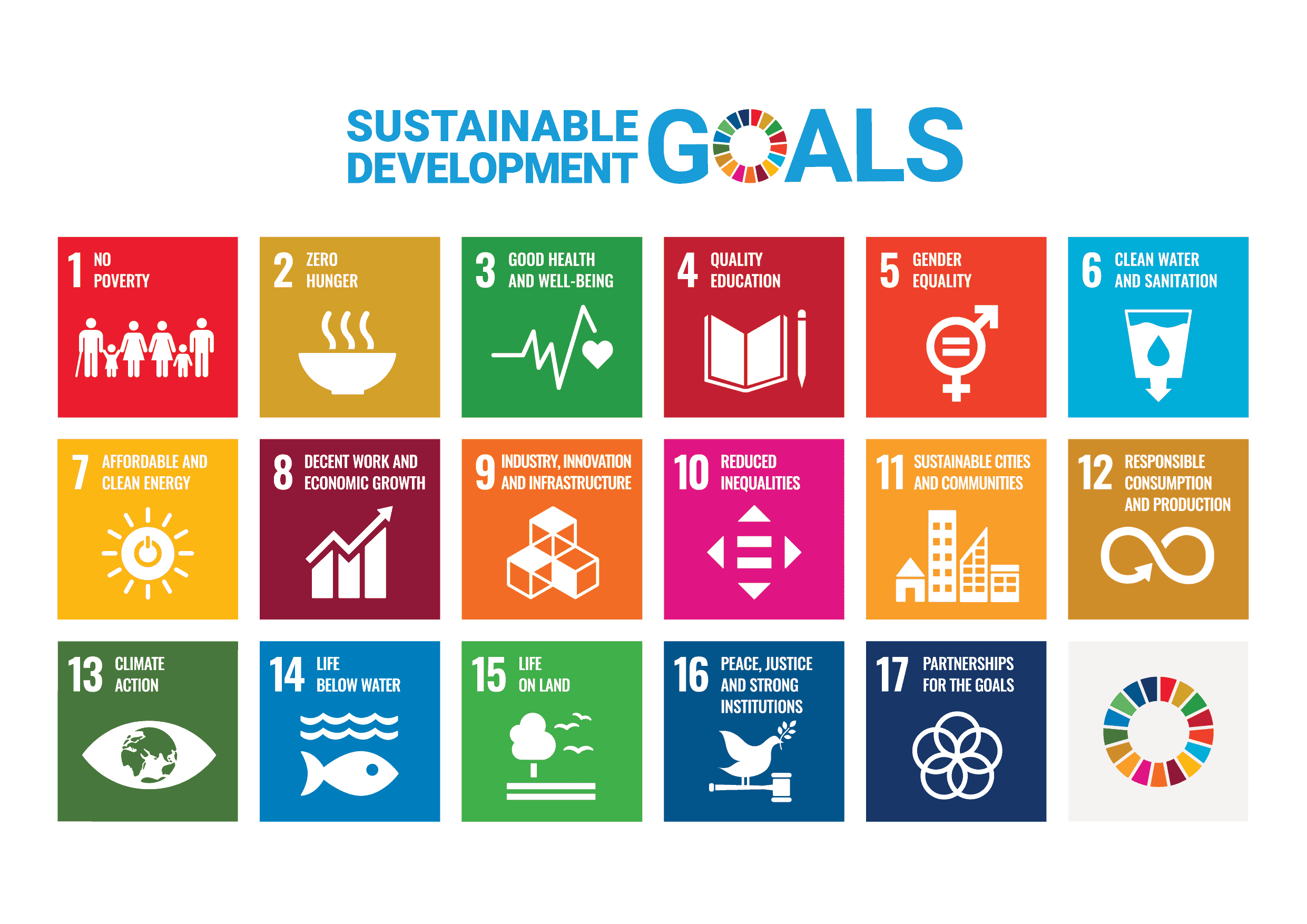Focus points
- How Consumer Choices Drive Sustainable Forestry
- Sustainable Forestry and Sustainable Development Goals
- Certification and Tracibility: Ensuring Ethical Sourcing
- Carbon Storage in Wood Products: Extending Climate Benefits
- Pro Tip
- Overcoming the Challenges of Sustainable Forestry with Technology
How Consumer Choices Drive Sustainable Forestry
Nowadays, many people care about the impact their purchases have on the environment. They’re interested in knowing where products come from and how they’re made. Because of this, there’s a growing demand for items like wood and timber that are produced sustainably.
To adapt, businesses are making changes. They’re choosing certified wood, creating sustainability plans and letting customers know about their efforts to source materials responsibly.
An important part of this involves getting wood from forests that are carefully managed. This is known as ethical sourcing. It helps safeguard the environment and benefits local communities. Using ethically sourced wood helps individuals and businesses protect forests for the long term.
Sustainable Forestry and the Sustainable Development Goals
Sustainable forestry is closely connected to achieving the Sustainable Development Goals (SDGs), which were set by world leaders in September 2015 at a major UN meeting.

These goals, called the "2030 Agenda for Sustainable Development", are a global effort to end poverty, protect the planet, and make sure everyone can live in peace and prosperity by 2030.
Here’s how sustainable forestry helps to achieve these goals:
Climate Change Mitigation:
- Forests absorb and store large amounts of carbon dioxide (CO2).
- Studies show that forests sequester approximately 25% of human carbon emissions annually, acting as carbon sinks.
- Sustainable forestry practices like planting trees (reforestation), growing new forests (afforestation), and better forest management increase this ability to store carbon and fight climate change.
Protecting Biodiversity (SDG 15 - Life on Land):
- Healthy forests provide homes for many plants and animals, some of which are endangered due to loss of habitat.
- Responsible forest management helps preserve these forests and the wildlife that depend on them.
Supporting Livelihoods and Economic Growth (SDG 8 - Decent Work and Economic Growth):
- Sustainable forestry creates jobs in areas like timber production, ecotourism, and harvesting forest products that aren't wood.
- This helps reduce poverty, boosts local economies and improves living standards in rural areas.
Certification and Traceability: Ensuring Ethical Sourcing
Making sure wood is certified is an important step in ethical sourcing.
Here’s why it matters:
- Sustainable Sources: Programs like FSC (Forest Stewardship Council) and PEFC (Programme for the Endorsement of Forest Certification) prove that wood comes from forests managed in a way that protects the environment and supports communities.
- Stopping Illegal Logging: Illegal logging damages forests, harms wildlife, and takes away resources from local people. Certification helps prevent this by promoting legal and sustainable ways of harvesting wood.
- Tracking the Wood: Traceability means being able to follow the wood from the forest to the final wood product. This ensures its origin is known and that it was harvested responsibly, creating trust and transparency.
.png)
Carbon Storage in Wood Products: Extending Climate Benefits
Wood helps with climate change in more ways than just storing carbon in forests.
When trees are harvested and turned into wood products, the carbon they absorbed stays in those products. This “carbon storage” can last for many years, even centuries, in long-lasting wood items like buildings, furniture and other durable goods.
Using wood in construction and other areas keeps carbon locked away from entering the atmosphere and contributing to climate change.
Also, wood is a renewable resource, meaning it can be grown and harvested in a way that’s sustainable.
This makes wood a great material for a circular economy, where resources are used wisely, waste is minimized and materials are kept in use for as long as possible.
Wood products, with their long life and potential for reuse and recycling, fit well into this system. For example, wood from old buildings can be reused in new construction projects instead of using new materials. This saves trees and reduces harm to the environment.
Pro Tip
Consider the lifespan and end-of-life options for your wood products.
Choosing durable, long-lasting items reduces the need for frequent replacements. When it's time to retire a wooden product, explore options like repurposing, donating or recycling to minimize waste and keep the embodied carbon locked away.
Overcoming the Challenges of Sustainable Forestry with Technology
Sustainable forestry has many challenges like illegal logging, deforestation and climate change. But technology offers new solutions.
Fighting Illegal Logging with Technology
Illegal logging harms forests and wildlife, especially in remote areas. Traditional monitoring methods aren't enough, but technology can help.
- Satellite Monitoring: High-resolution satellite images detect forest changes and find illegal logging spots.
- Real-time Tracking: Sensors in trees or logs send location data for fast response.
- Blockchain: This tracks the origin of wood products, ensuring legal harvest.
Adapting to Climate Change
Climate change brings threats like wildfires, droughts and pests. Technology helps forests to adapt and be resilient.
- Precision Forestry: Drones and sensors gather data on tree health and weather, guiding actions to strengthen forests.
- Early Warning Systems: Monitoring weather and forest conditions warns us of risk, so we can act early.
- Assisted Migration: Genetic studies help find tree species suitable for future climates.
Economic and Environmental Balance
Sustainable forestry balances wood product demand with environmental protection. This is where technology can help:
- Less Waste: Better equipment reduces waste and environmental damage.
- Replanting: Technology guides reforestation to support ecosystems.
- Wood Products: New production methods create sustainable wood products.
Conclusion
Forests are important for both people and the planet. They give us clean air and water, help wildlife and provide resources we need.
To protect forests for the future, we need to manage them in a way that helps the environment and meets people's needs. This includes careful logging, replanting trees, and using technology to stop illegal logging and fight climate change.
Supporting sustainable forestry and choosing wood products wisely can help keep forests healthy and the planet safe.
But sustainable forest management isn’t just for regular forests. As cities grow, it’s important to add nature to urban areas.
Urban forestry projects like green roofs, gardens and parks have many advantages. They cool down cities, improve air quality, help wildlife, and give people places to relax.
These projects also help to achieve the Sustainable Development Goals, create better cities, and protect nature.
Find Certified Wood Suppliers for Your Next Project
OVERPARQUET: Distributes high-quality wood, laminate and decking floors for professionals, offering certified, durable products and fast delivery from a 100,000 m² stock, with accessories and expert support for every project.
Ecodis: Creates eco-friendly corporate gifts and promotional items from sustainable wood and other natural materials, minimizing environmental impact and promoting social responsibility.
Krespa: Manufactures high-quality, FSC-certified wooden furniture, children's toys, and home accessories, combining traditional craftsmanship with modern design and a commitment to sustainability.
Drewco: Produces high-quality, solid wood furniture and components for homes and businesses, combining sustainable practices with customizable designs and exceptional craftsmanship.
Lapwood: Supplies high-quality, customizable wooden pallets and boxes for various industries, using recycled materials and prioritizing customer satisfaction.

